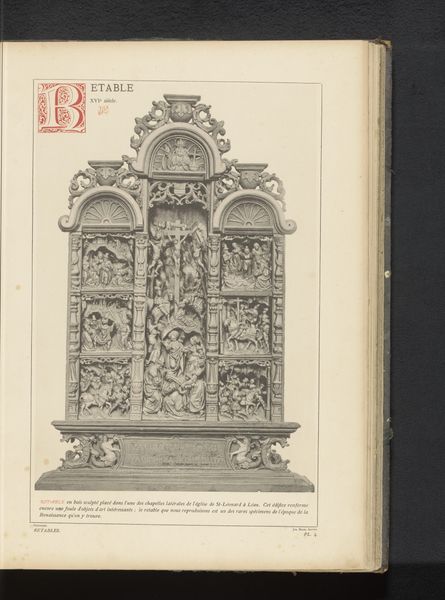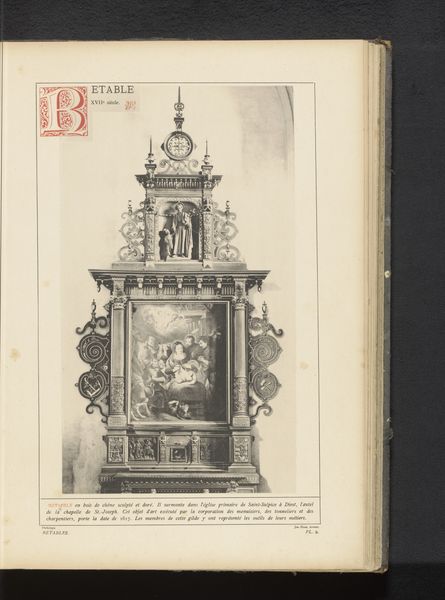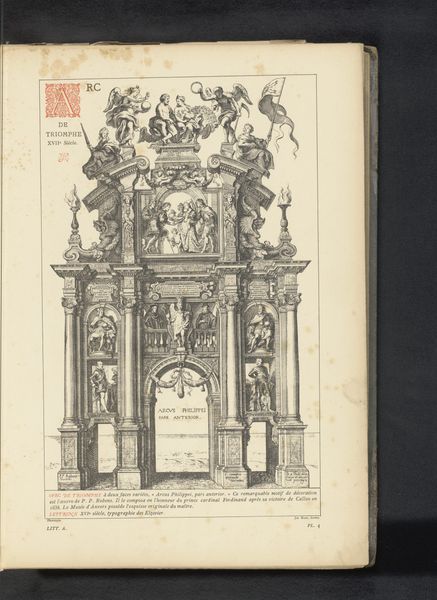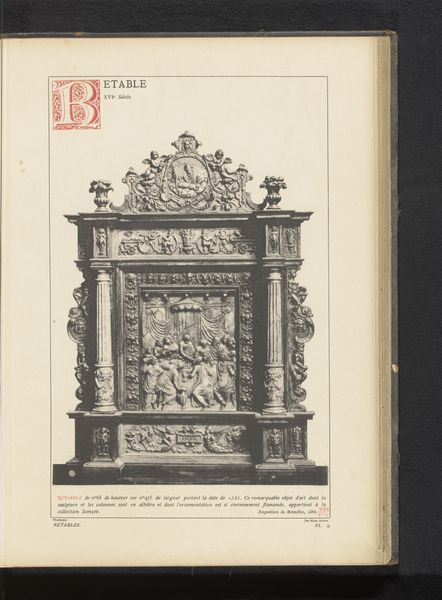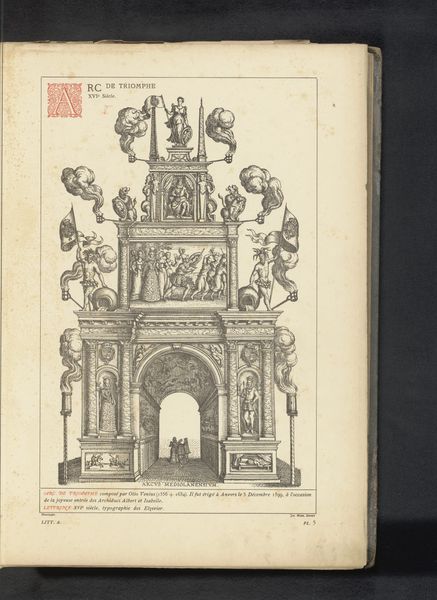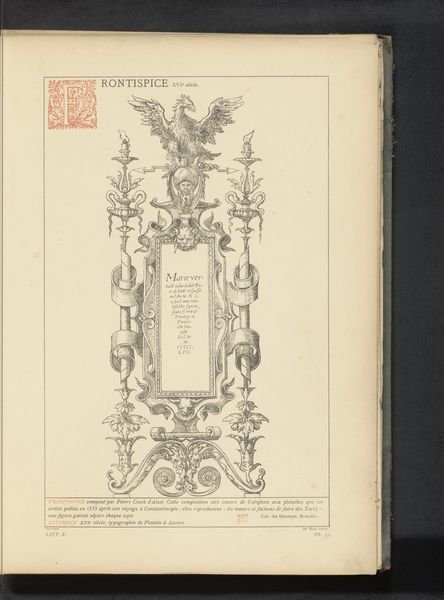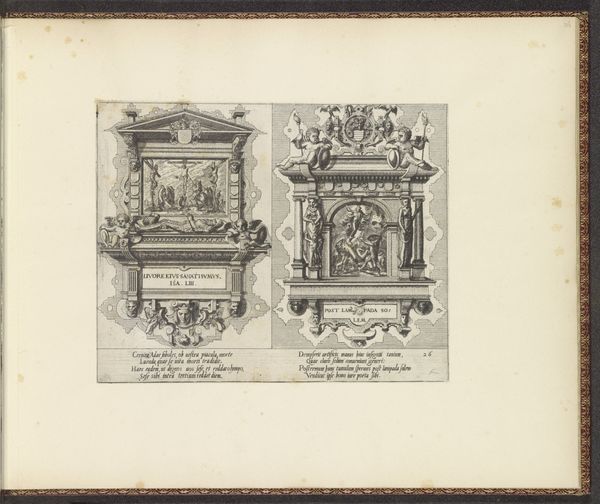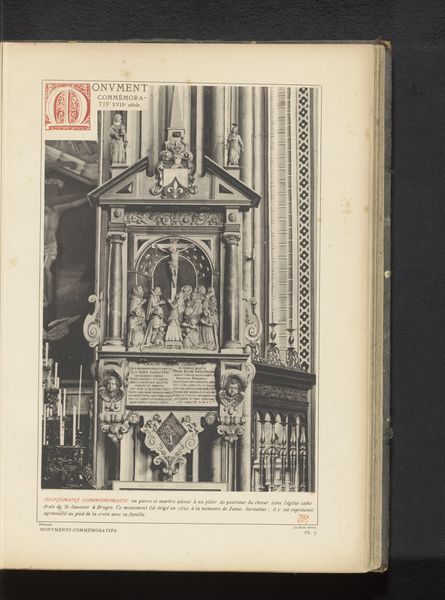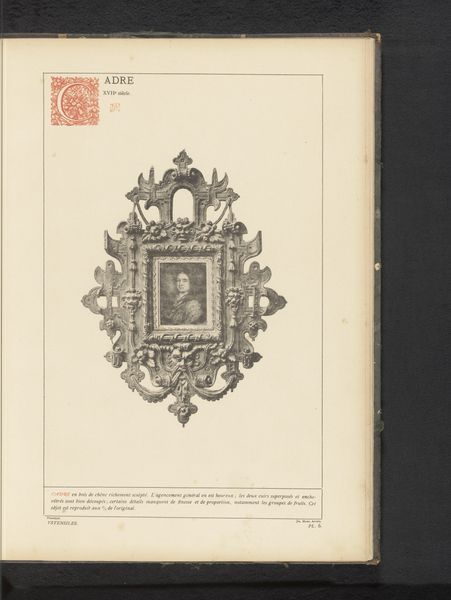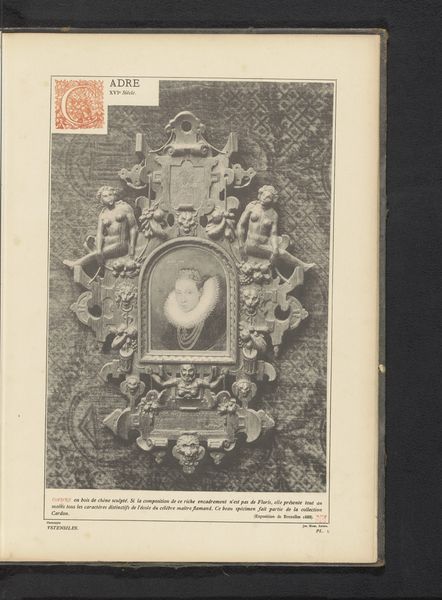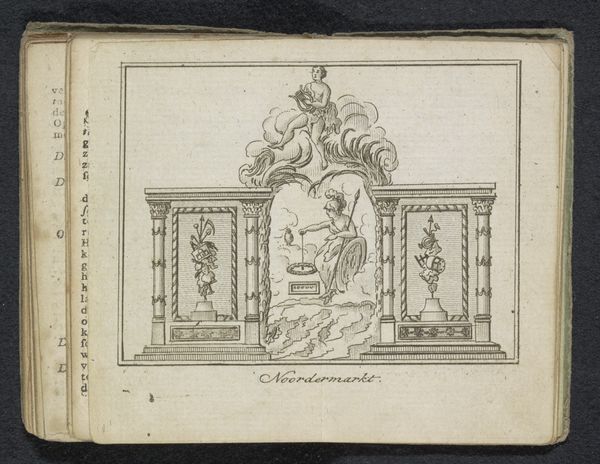
Reproductie van een prent met details van de koets van Filips V van Spanje tijdens zijn intocht in Utrecht in 1713 door Bernard Picart before 1880
0:00
0:00
Dimensions: height 365 mm, width 237 mm
Copyright: Rijks Museum: Open Domain
This detailed print reproduces the coach used by Philip V of Spain for his ceremonial entry into Utrecht in 1713; it was made by an anonymous artist. The print is a window into the theater of power. Consider the historical backdrop: Philip V's reign was secured after the War of the Spanish Succession, a conflict triggered by his ascent to the Spanish throne, contested by other European powers. Here, the coach isn't just a mode of transport, it's a declaration of authority. Every detail, from the allegorical figures to the ornate carvings, serves to reinforce the king’s divine right to rule. The symbolism is overt: power, victory, and the subjugation of dissent are rendered materially. The identities of those who created this spectacle were likely diverse, yet their individual stories are subsumed under the singular narrative of royal power. Reflect on how such displays were carefully crafted to shape public perception, embedding notions of hierarchy and control.
Comments
No comments
Be the first to comment and join the conversation on the ultimate creative platform.
